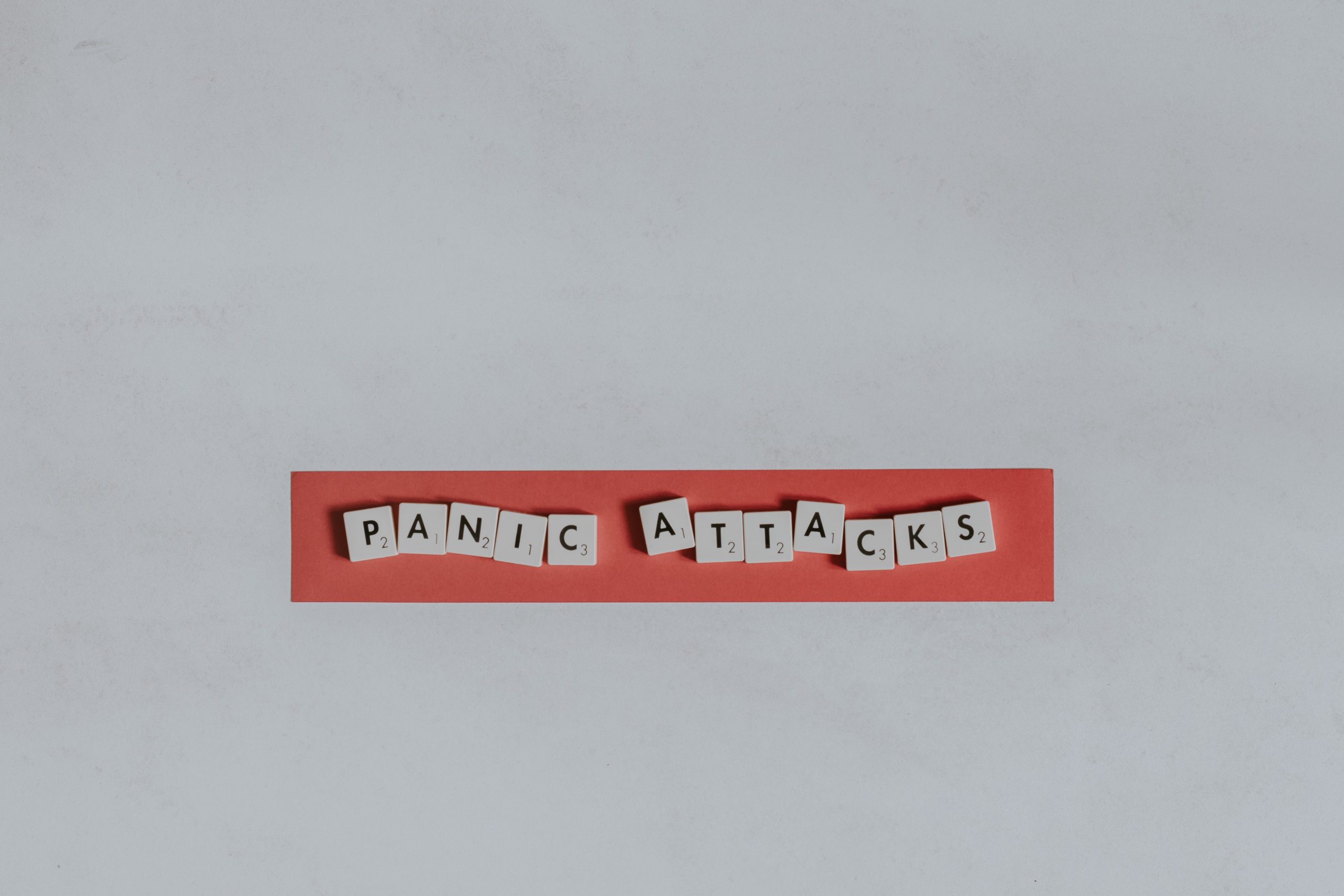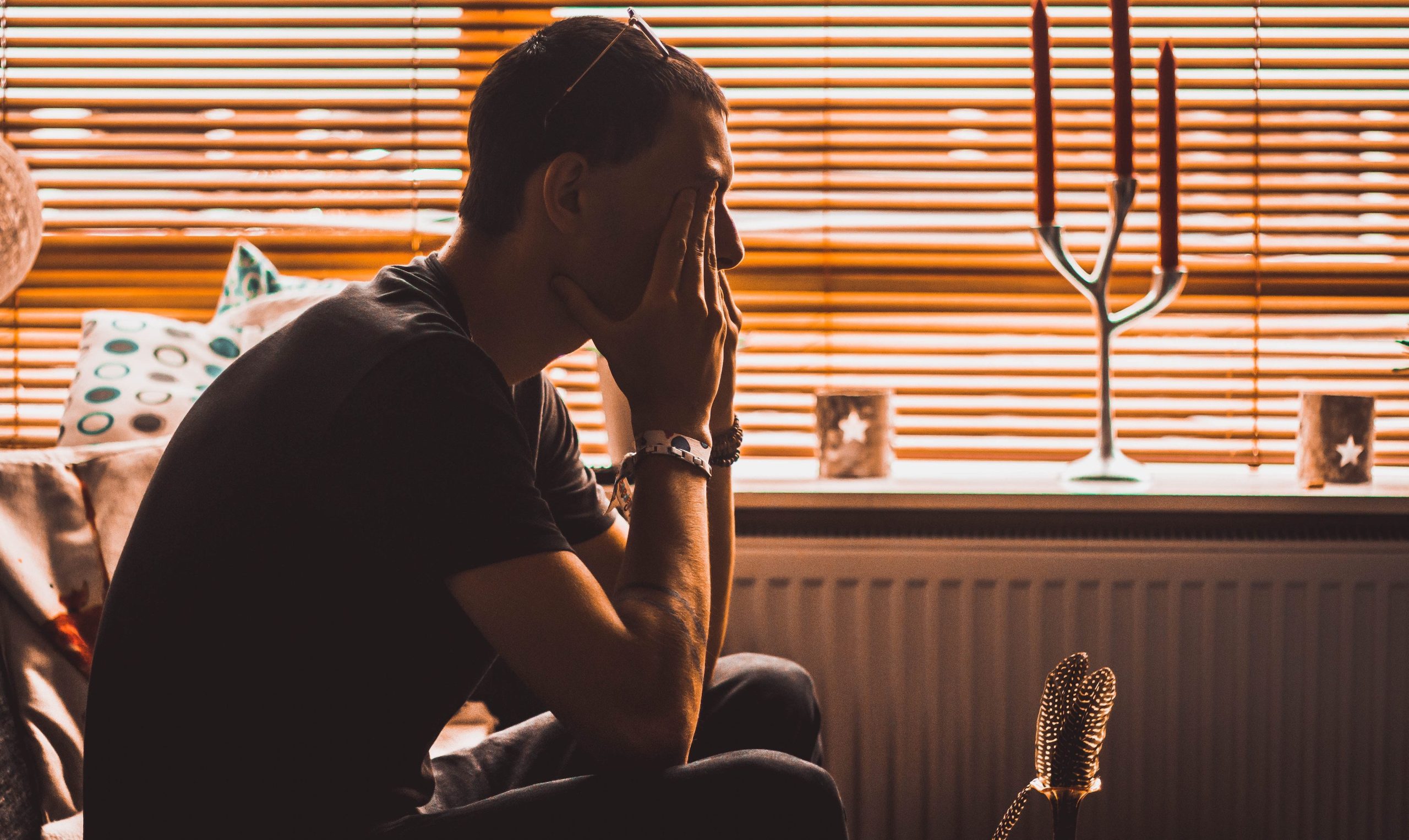What Are Panic Attacks?
Panic Attack Awareness is this month, but what are they? Panic attacks are intense but brief waves of fear or anxiety that tend to last between five and twenty minutes although they may last longer. They cause physical symptoms such as racing heartbeat, breathlessness, sweatiness, or dizziness. Panic attacks are fairly common among the population but are often unexpected. Some people who experience them might worry that they’re having a heart attack or suffering from another medical problem. If in doubt, it’s always best to be safe and get your health checked by a doctor as quickly as possible. This article will outline top tips to overcome panic attacks.
Symptoms Of Panic Attacks
Panic attacks can have very intense physical and mental symptoms that can feel highly distressing. In addition to racing heartbeat, breathlessness, sweatiness, and dizziness, panic attacks cause a range of other symptoms. These symptoms can include nausea or vomiting, a sensation of not being able to swallow, chest pain, dry mouth, or a need to go to the toilet. Mental symptoms can include a feeling that you’re going to die, fear, and dread. It’s important to remember that although panic attacks can feel frightening, they don’t cause any physical harm and they’re not life-threatening.
What Causes Panic Attacks?
When faced with danger, our brains produce a ‘fight or flight’ response flooding the body with adrenaline to prepare it to either tackle the threat or escape it. Panic attacks occur when this response is triggered in the absence of danger. In fact, panic attacks can occur even at times when we feel relaxed. A variety of circumstances make them more likely to occur. These include ongoing chronic stress that is left unmanaged, and acute stress such as trauma, excessive caffeine, or lack of sleep.
Panic Attack Or Panic Disorder?
A panic attack can be an isolated incident. However, they can also occur more frequently. A panic disorder will get diagnosed when someone has regular attacks and worry or fear about panic attacks reoccurring even when they’re not having them. Speak with your doctor or mental health professional if you feel you may have the symptoms of this disorder. They will be able to diagnose you if required and support you with the right treatment for you.
Self-Help Techniques for Panic Attacks
If you experience frequent panic attacks it’s a good idea to reach out for professional support from your doctor or mental health professional. However, there are some steps you can take to support yourself with panic attacks and panic disorder too. Here are some self-help strategies to try out:
1. Practice Relaxation Techniques
Relaxation techniques help to calm down our nervous system and bring us out of the fight or flight response. Try deep breathing exercises, such as breathing in deeply through the nose and out fully through the mouth. Practice doing this for 30 seconds twice each day, to begin with. When you notice yourself starting to enter “fight or flight”, you can draw on this strategy to help to calm you down. You can also try visualizing yourself in a peaceful setting for a similar result.
2. Remind Yourself That Panic Is Not Harmful And Passes
Our worry about the symptoms we are experiencing can make them worse. If you have concerns about your physical health get regular health checks. When you notice the symptoms of panic you can then remind yourself that you know you’re in good shape physically and that the symptoms you’re experiencing are indicative of a panic attack. Gently let yourself know that the symptoms of panic are not harmful and always pass. Find a quiet place and practice some relaxation techniques until they do.
3. Create Healthy Lifestyle Habits
Taking care of ourselves helps us to manage stress and anxiety, making panic attacks less likely. Make sure that you’re getting enough sleep each night and eating healthy meals during the day. Avoid or reduce caffeine and alcohol. Regular exercise is useful for reducing stress and anxiety. Connecting with family and friends helps us to feel good too. If you feel that there’s a specific trigger for your panic attacks, such as stress at work, take steps to try to change the situation perhaps by speaking with your manager or delegating some tasks.
CBT to Help Support You
If you feel you’re experiencing panic attacks or panic disorder it’s advisable to reach out for professional support, especially if self-help strategies don’t seem to be helping enough. Research shows that Cognitive Behavioural Therapy (CBT) is effective in treating all forms of anxiety, including panic. CBT focuses on the relationship between thoughts, feelings, and behaviors. The idea behind CBT is that by identifying and modifying our unhelpful thoughts and behaviors we start to feel better too.
CBT aims to reduce unnecessary worry and avoidant behavior around panic attacks, helping you manage the experience more skilfully. Medication is also sometimes prescribed and can be discussed with your family doctor or a licensed mental health professional.
Online-Therapy.com Can Help
If you’ve tried out some of these strategies already and would like to explore more ways to gain support, Online-Therapy.com can help. By signing up with our program you can choose a therapist who will work with you to develop a personalized toolkit to support you each step of the way. You can choose to have your therapy sessions by video, phone, or text chat (couple counseling will be video only), making Online-Therapy.com a flexible and convenient option.




Leave A Comment